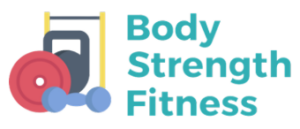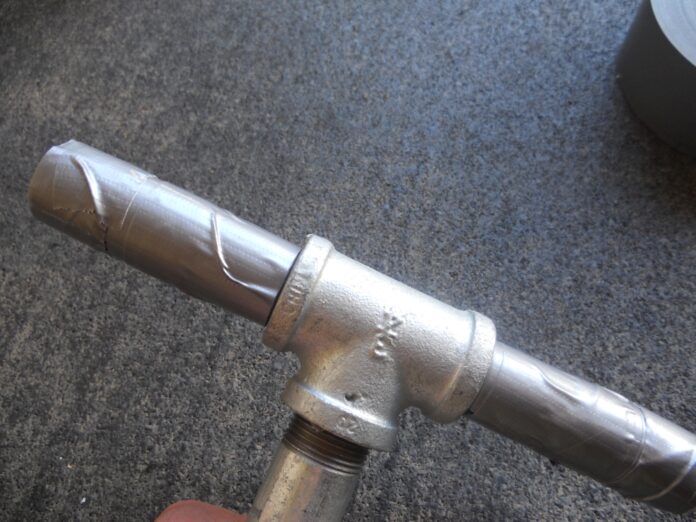The T-handle is a simple exercise that can help strengthen your core and improve posture. It’s easy to do at home, and it doesn’t require any equipment.
Several letters from readers have been sent to me this Christmas season asking about suggested equipment purchases. Many people have inquired what they should purchase with $50, $100, or even $200. My answer is the same every time. Actual value may not necessarily correspond to monetary worth. Homemade equipment is some of the finest I’ve ever used. I’m not implying that I can create anything, but it’s worth emphasizing that more costly goods don’t necessarily imply more value.
I often refer to the handmade equipment sticky that I have on my bulletin board in this blog. This isn’t a coincidence. Building my own training tools is something I love doing. I’m hardly the most skilled person on the planet, but many of these tools are simple to construct (not to mention inexpensive).
It’s always great to save money, but there’s a lot more to constructing your own equipment (at least for me). It’s comparable to working on your house and taking pleasure in your job in certain aspects. My wife and I knew when we purchased our house that it required a lot of repair when we moved in. Neither of us had any prior home remodeling experience. We purchased a number of books and began working on one task at a time. We tore out the old carpets and hired a sander from Home Depot to restore the hardwood flooring underneath. The stain and polyurethane were applied. Following that, we tried our hand at tiling. The kitchen floor, bathroom, and hallway were all tiled. We then installed our own kitchen cabinetry, as well as a big tile countertop. We renovated every room in the home over the course of a few years.
Yes, saving money was wonderful, but there was also a feeling of accomplishment in completing the job ourselves. Creating or working on a house is clearly not the same as building training equipment, but there is sometimes some satisfaction in knowing that you constructed it yourself, not to mention the confidence that it was done well.
An example of such equipment is shown below. This tool was brought to my notice by one of the readers, and I highlighted it in a recent blog post. This T-handle was built for a few bucks and is a fantastic piece of equipment. This is a brilliant concept (here is the original design). A tiny hose clamp was one of the minor additions I made to keep the weights in place. These clamps can be found for less than a dollar at any hardware shop.
The arrow in the picture below indicates to the hose clamp, which may be tightened rapidly using a screw driver.
Take a look at this design if you want to utilize normal Olympic size plates.
Demonstration video
Why are you bothering?
I’ve always liked one-arm dumbbell swings, but the sensation of two hands on a single dumbbell isn’t for me. While a one-arm swing is a terrific workout, restricting oneself to one hand restricts the amount of weight you can lift. If you want to do a two-handed swing, a kettlebell has an edge over a dumbbell. This T-handle, on the other hand, is a fantastic option. You may also go pretty heavy with it if you want to. I’ve loaded the handle with over 150 pounds and had no issues. The gadget may be used for strength or conditioning (more reps). It’s a full-body exercise that pays special attention to the posterior chain.
It will just cost you a few bucks if you already have weights. It comes highly recommended from me.
PS – If the author of this tool happens to come across this post, thank you very much for sharing such a brilliant concept!
PPS (May 13th update) – You can still use 3/4′′ pipe if you want to utilize regular Olympic plates. Simply place a stopper plate at the top and bottom of your Olympic-size plates (ex. 2.5 lb plates are inexpensive and will do the trick). These stopper plates should fit a dumbbell handle that is 1 inch in diameter. As you swing the regular size T-handle, they will hold the Olympic plates in place.




